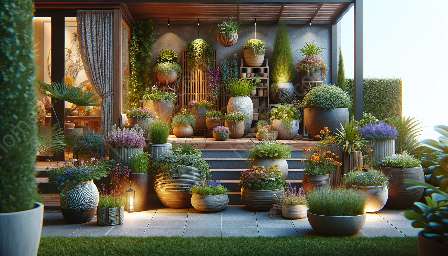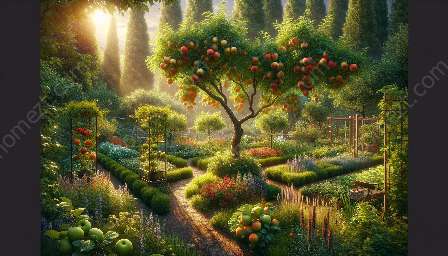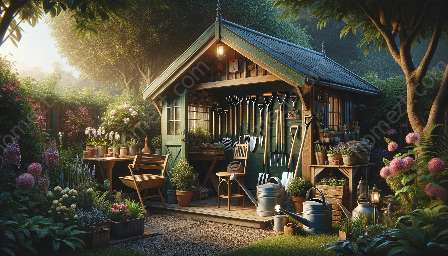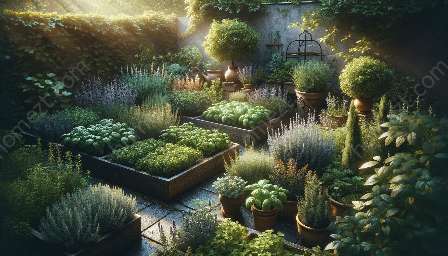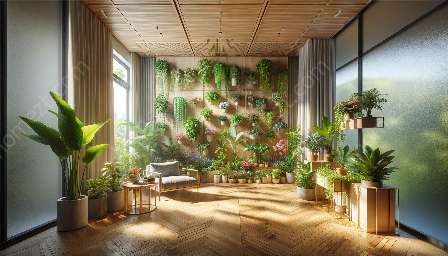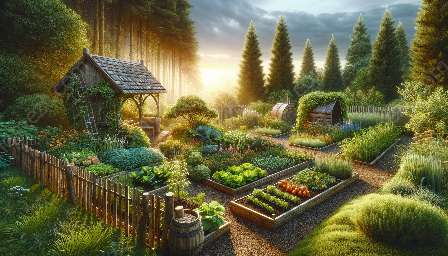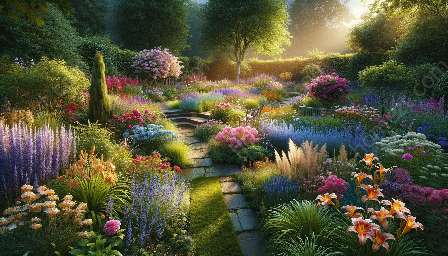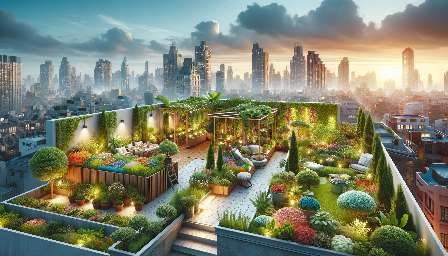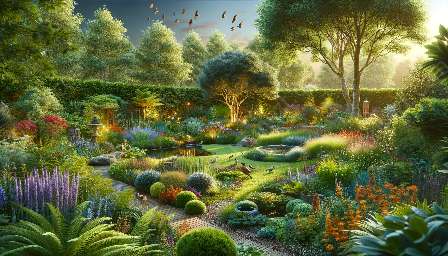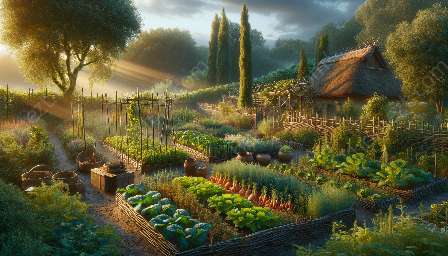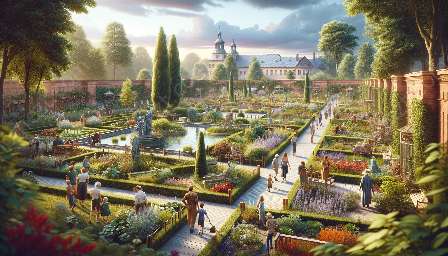Vertical gardening is a creative and space-saving approach to gardening that involves growing plants vertically, using structures or supports to take advantage of empty vertical space. This technique offers numerous benefits, including efficient use of space, improved air quality, and reduced maintenance. In this article, we will delve into the world of vertical gardening, exploring its compatibility with heritage gardening and landscaping, and providing innovative ideas for incorporating vertical gardens into outdoor spaces.
Understanding Vertical Gardening
Vertical gardening is the practice of cultivating plants on walls, fences, trellises, or other vertical structures. It is an artful way to maximize limited space, making it ideal for urban gardens, small yards, and balconies. By utilizing vertical space, gardeners can grow a variety of plants, including flowers, herbs, vegetables, and even small fruit trees.
There are several methods for creating a vertical garden, such as utilizing living walls, hanging containers, trellises, and espalier techniques. Living walls, also known as green walls, are vertical gardens composed of living plants that are grown on a support structure. They not only add beauty to outdoor spaces but also offer environmental benefits, such as insulation and improved air quality.
Benefits of Vertical Gardening
Vertical gardening offers numerous advantages that make it an appealing option for both novice and experienced gardeners. Some of the key benefits include:
- Space Efficiency: Vertical gardens make the most of limited space, allowing gardeners to grow more plants in a smaller footprint.
- Enhanced Aesthetics: Vertical gardens add visual interest to outdoor spaces, creating an eye-catching focal point and bringing greenery to otherwise unused areas.
- Air Quality Improvement: Plants in vertical gardens contribute to cleaner air by absorbing pollutants and releasing oxygen, promoting a healthier environment.
- Reduced Maintenance: Vertical gardens can be easier to maintain than traditional gardens, as they often require less weeding, bending, and digging.
Vertical Gardening and Heritage Gardens
Heritage gardens, which emphasize the use of traditional gardening techniques and heirloom plants, can be enriched by the incorporation of vertical gardening. By integrating vertical elements into heritage gardens, gardeners can create a harmonious blend of historical charm and modern innovation.
One way to incorporate vertical gardening into heritage gardens is by using traditional trellises and espalier techniques to train fruit trees and grapevines. This approach adds a touch of nostalgia while also optimizing space and improving fruit quality. Additionally, integrating vertical planters filled with heritage flowers and herbs can add layers of color and fragrance to the garden, enriching the sensory experience for visitors.
Vertical Gardening and Landscaping
When it comes to landscaping, vertical gardening opens up a world of creative possibilities for adding greenery and texture to outdoor spaces. Vertical gardens can serve as living backdrops for patios, decks, and outdoor seating areas, creating a natural and inviting ambiance.
Furthermore, vertical gardens can be used to soften architectural features, such as walls, fences, and pergolas, blending them seamlessly with the surrounding landscape. Incorporating vertical gardens into landscaping designs can enhance privacy, reduce noise, and provide habitat for beneficial insects and birds.
Creative Ideas for Vertical Gardens
There are countless imaginative ways to implement vertical gardening in outdoor environments. Some creative ideas include:
- Repurposed Materials: Use old pallets, ladders, or wooden crates as vertical planters, adding a rustic and eco-friendly touch to the garden.
- Living Art Installations: Design living wall art using a variety of plants to create stunning and ever-changing outdoor artworks.
- Edible Walls: Grow herbs, vegetables, and edible flowers in vertical gardens, creating an edible and decorative space all in one.
- Vertical Hydroponic Systems: Explore modern hydroponic systems that allow for the cultivation of plants without soil, ideal for small urban spaces.
Conclusion
Vertical gardening offers an innovative and sustainable approach to gardening and landscaping, complementing the principles of heritage gardening while adding a modern twist to outdoor spaces. By embracing the art of vertical gardening, gardeners can unlock new possibilities for creativity, sustainability, and beauty in their gardens and landscapes.


